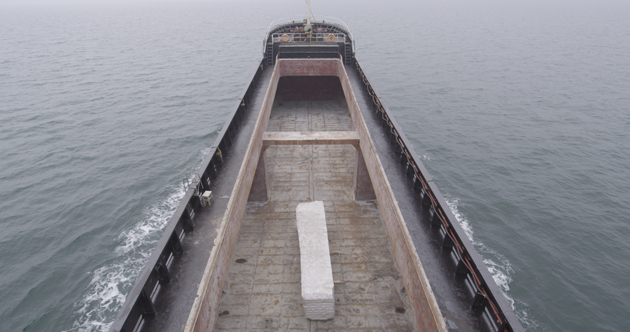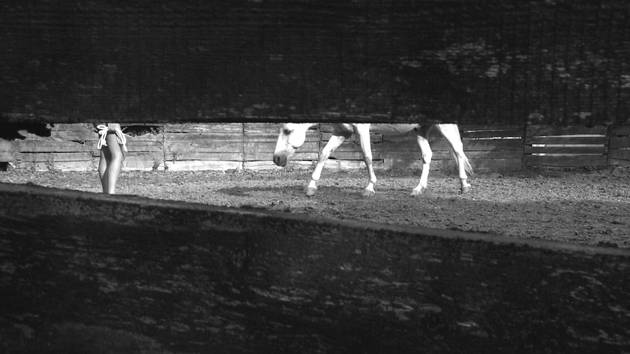The anthological exhibition that PAC – Contemporary Art Pavilion in Milan -, dedicated to Adrian Paci (born in 1969 in Scutari, Albania), curated by Paola Nicolin and Alessandro Rabottini, is a show that leaves its mark. It is an emotionally touching experience, which retraces the different stages of the Albanian artist’s work, from the ‘90s, when he came to Italy, to the present day, reflecting his main subjects and his personal poetic vision.
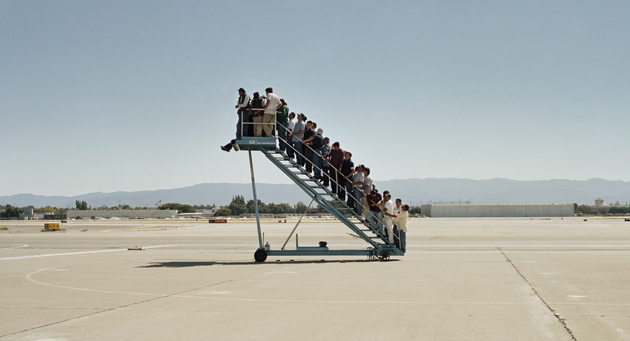
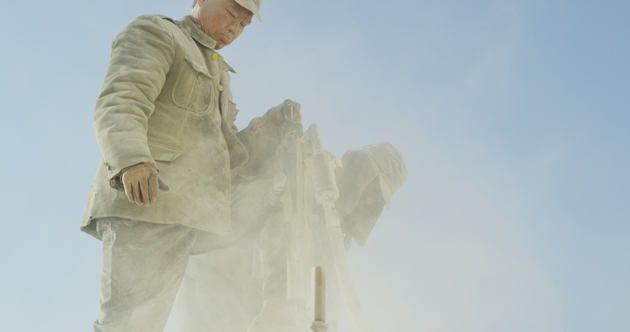
Videos, photographs, drawings, paintings and sculptures are all artistic devices through which Paci creates narrations full of suggestions and social reflections, they are vehicles to explore the issues of politic transformation, wait, loss, nostalgia, memory, displacement, and above all, the strenuous research of a reference point; that cultural identity-seeking, which goes beyond the boundary lines and the physical movement by humans from one territory to another.
The exhibition path opens with Secondo Pasolini, I Racconti di Canterbury (2010), a huge wooden reel, depicted with scenes inspired by The Canterbury Tales directed by Pasolini – a homage to the relationship between painting and film in the works by the Italian intellectual – and goes on with Secondo Pasolini (Decameron, 2007) and Passages, a series of gauches, acrylics and watercolours on paper, board and clay all characterized by the close affinity and interconnection with the film. Paci’s acquaintance with painting pervades also his videos and photographs such as Centro di Permanenza Temporanea (2007), where he amazingly portrayed men walking to a flight ready to take off (one of his well-known pieces); The Encounter (2010), where the artist gets in contact directly with his audience shaking the hands of a long row of people gathered in an old square; and the powerful Electric Blue (2010): a 15 minutes videos telling the story of an Albanian filmmaker secretly providing tapes to a porn theatre to get money for his family, who decided, after the outbreak of the Kosovo war, to overwrite the sex tapes with scenes of slaughters and bombardments. It gives someone pause for thought when later, replaying one of the tapes, the young man discovers that fragments of pornography persist between war sequences.
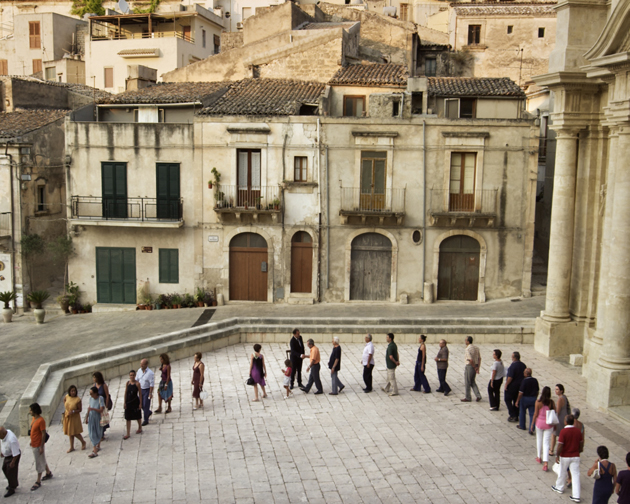
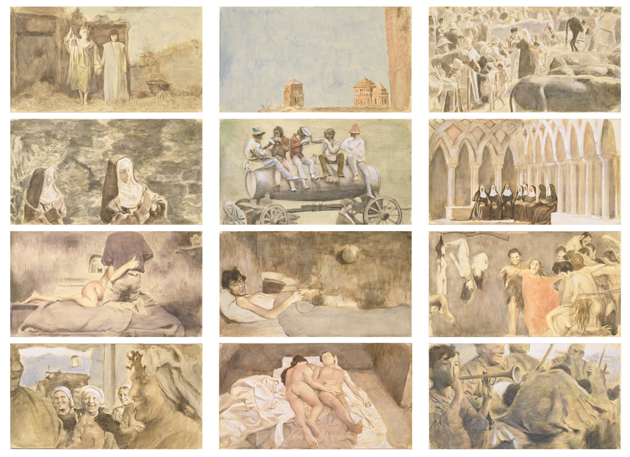
The exhibition features also The Column (2013), a video installation that talks about the mining of a marble block from a Chinese quarry and its further manufacturing within a boat on a trip towards Europe for the production of a classical Western column by a group of Asian workers: a strong metaphor of the current transformation of traditions and cultures.
Lives In Transit is an emblematic example of the synthesis of the arts; an exhibition that, thanks to the direct, authentic (maybe due to its autobiographical part), symbolic, simply reliable artist’s approach, makes a lasting impression.
